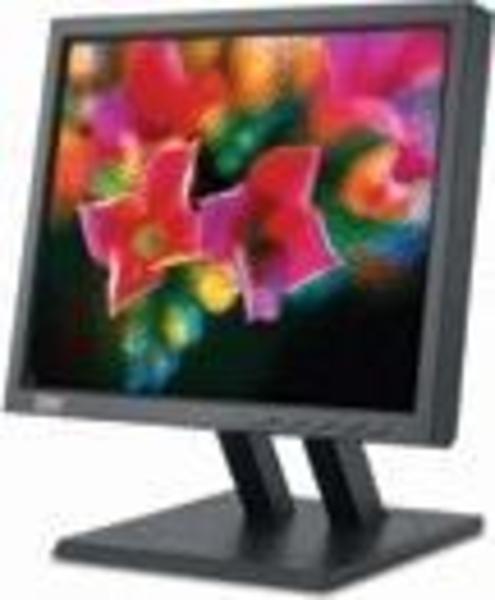

Mainframe was a term originally referring to the cabinet containing the central processor unit or "main frame" of a room-filling Stone Age batch machine. Perhaps the best known supercomputer manufacturer is Cray Research. Other uses of supercomputers scientific simulations, (animated) graphics, fluid dynamic calculations, nuclear energy research, electronic design, and analysis of geological data (e.g. For example, weather forecasting requires a supercomputer. Supercomputers are very expensive and are employed for specialized applications that require immense amounts of mathematical calculations (number crunching). Supercomputer is a broad term for one of the fastest computers currently available.
Supercomputer: An extremely fast computer that can perform hundreds of millions of instructions per second. Mainframe: A powerful multi-user computer capable of supporting many hundreds or thousands of users simultaneously. Minicomputer: A multi-user computer capable of supporting up to hundreds of users simultaneously. A workstation is like a personal computer, but it has a more powerful microprocessor and, in general, a higher-quality monitor. Workstation: A powerful, single-user computer. Personal computer: A small, single-user computer based on a microprocessor. For example, every computer requires a bus that transmits data from one part of the computer to another.Ĭomputers can be generally classified by size and power as follows, though there is considerable overlap: In addition to these components, many others make it possible for the basic components to work together efficiently.  Output device: A display screen, printer, or other device that lets you see what the computer has accomplished. Input device: Usually a keyboard and mouse, the input device is the conduit through which data and instructions enter a computer. Common mass storage devices include disk drives and tape drives. Mass storage device (slower, cheaper, long-term memory): Allows a computer to permanently retain large amounts of data and programs between jobs. Memory (fast, expensive, short-term memory): Enables a computer to store, at least temporarily, data, programs, and intermediate results. Central processing unit (CPU): The heart of the computer, this is the component that actually executes instructions organized in programs ("software") which tell the computer what to do. All general-purpose computers require the following hardware components: The actual machinery (wires, transistors, and circuits) is called hardware the instructions and data are called software. Modern computers are electronic and digital. Therefore computers can perform complex and repetitive procedures quickly, precisely and reliably. It can quickly store and retrieve large amounts of data. It can execute a prerecorded list of instructions (a program). It responds to a specific set of instructions in a well-defined manner. A computer is a machine that can be programmed to manipulate symbols.
Output device: A display screen, printer, or other device that lets you see what the computer has accomplished. Input device: Usually a keyboard and mouse, the input device is the conduit through which data and instructions enter a computer. Common mass storage devices include disk drives and tape drives. Mass storage device (slower, cheaper, long-term memory): Allows a computer to permanently retain large amounts of data and programs between jobs. Memory (fast, expensive, short-term memory): Enables a computer to store, at least temporarily, data, programs, and intermediate results. Central processing unit (CPU): The heart of the computer, this is the component that actually executes instructions organized in programs ("software") which tell the computer what to do. All general-purpose computers require the following hardware components: The actual machinery (wires, transistors, and circuits) is called hardware the instructions and data are called software. Modern computers are electronic and digital. Therefore computers can perform complex and repetitive procedures quickly, precisely and reliably. It can quickly store and retrieve large amounts of data. It can execute a prerecorded list of instructions (a program). It responds to a specific set of instructions in a well-defined manner. A computer is a machine that can be programmed to manipulate symbols.






 0 kommentar(er)
0 kommentar(er)
